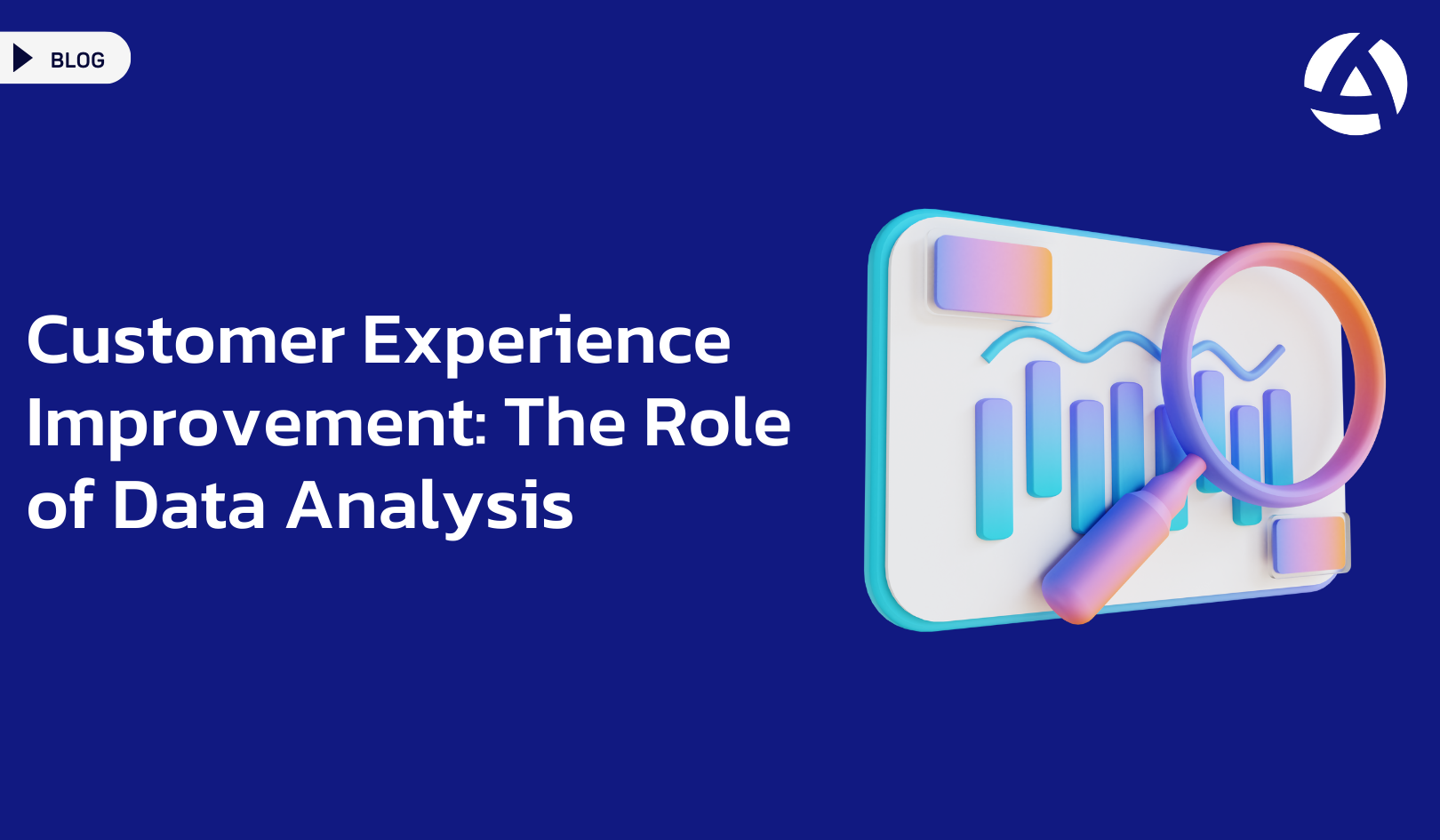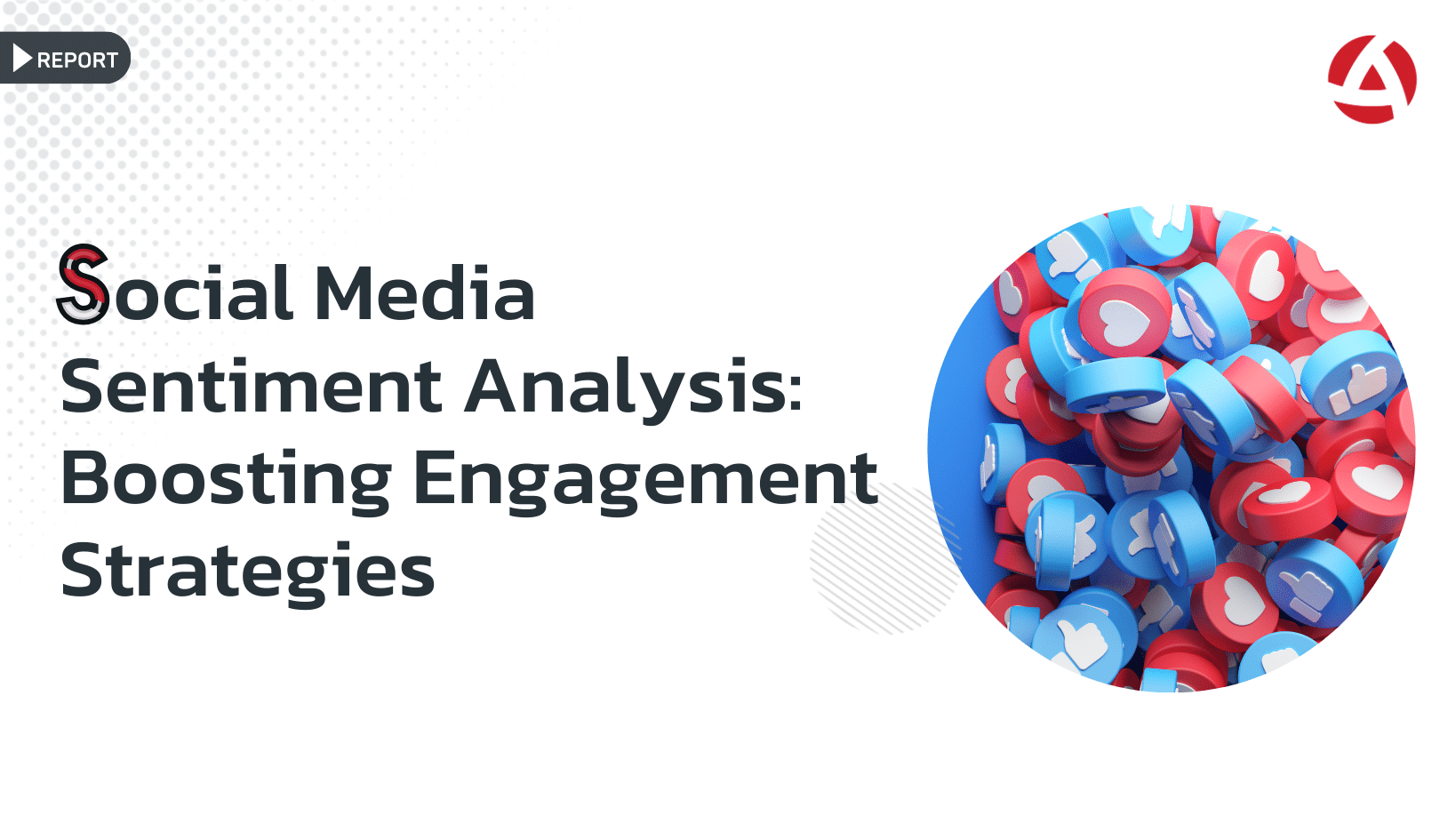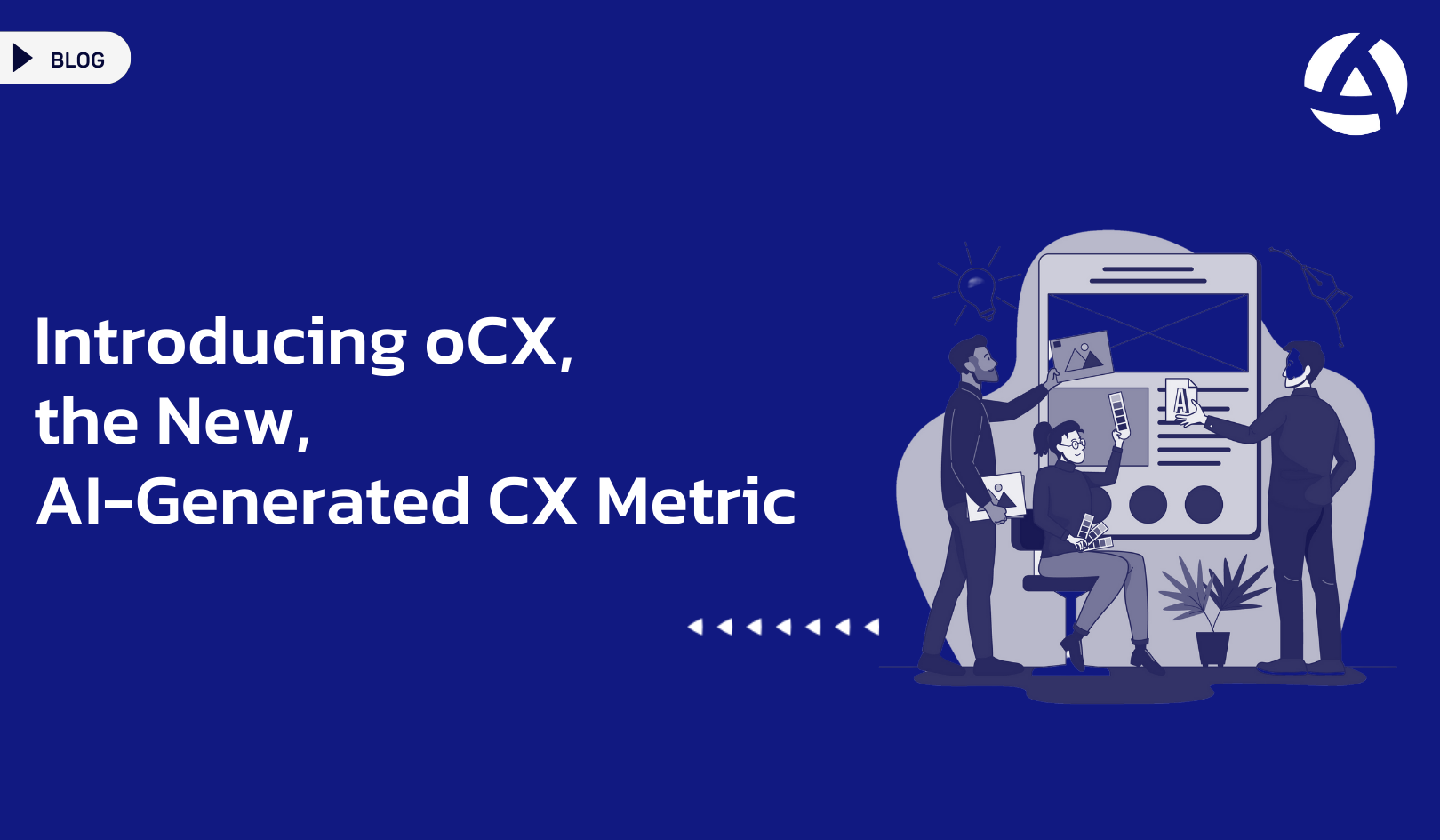Data analysis has become a powerful tool in driving Customer Experience Improvement, offering valuable insights that help businesses better understand customer behavior, preferences, and expectations. With data guiding decisions, companies can create experiences that are more personalized, efficient, and aligned with customer needs.
Why Data Analysis is Key to Customer Experience Improvement
Businesses interact with customers across various channels—social media, websites, apps, and customer service platforms. Each of these touchpoints generates data that, when analyzed properly, can reveal important patterns and trends. Data analysis helps businesses:
- Identify pain points: By analyzing feedback and interactions, businesses can quickly spot areas where customers face challenges.
- Track customer journeys: Data allows businesses to map out how customers interact with their brand, from discovery to purchase and beyond.
- Measure satisfaction levels: With real-time metrics, businesses can see how satisfied customers are and adjust strategies accordingly.
Key Benefits of Data-Driven Customer Experience
Integrating data analysis into customer experience strategies offers multiple benefits, including:
- Personalization: Tailoring services and products based on specific customer preferences.
- Proactive problem-solving: Using data to identify potential issues before they escalate into customer dissatisfaction.
- Enhanced decision-making: Grounding business decisions in concrete, data-backed evidence.
Utilizing Real-Time Data for Faster Adjustments
One of the most effective ways to drive Customer Experience Improvement is through real-time data analysis. Businesses that rely on static or outdated data risk falling behind in their response to changing customer needs. With real-time analysis, businesses can:
- React immediately to customer feedback.
- Adapt marketing campaigns based on current trends.
- Improve service delivery by responding to live customer interactions.
Real-time data ensures that decision-makers are always working with the most relevant information, keeping the customer experience dynamic and responsive.
How Data Segmentation Improves Customer Experience
Segmenting customer data is another important aspect of improving customer experience. By dividing customers into segments based on behavior, preferences, and demographics, companies can offer more targeted services. Benefits of segmentation include:
- Customized communication: Different segments can receive tailored messaging that speaks to their unique needs.
- Relevant product recommendations: Data analysis helps businesses recommend products or services based on past behavior.
- Effective resource allocation: Focus efforts on the highest-value customers or those needing the most attention.

Frequently Asked Questions
How does data analysis help improve customer satisfaction?
Data analysis allows businesses to identify customer pain points, track satisfaction levels, and proactively resolve issues, ultimately improving customer satisfaction.




